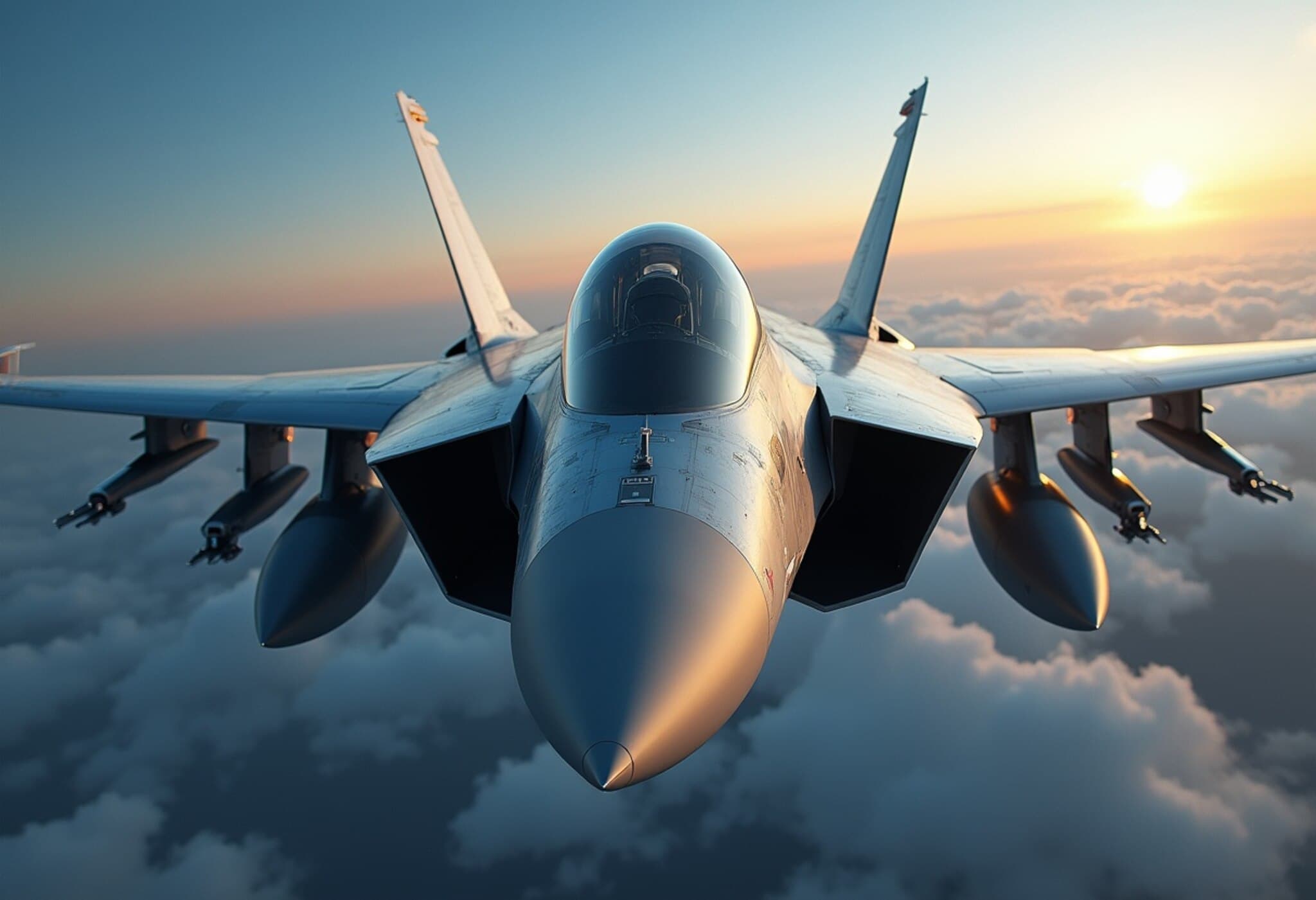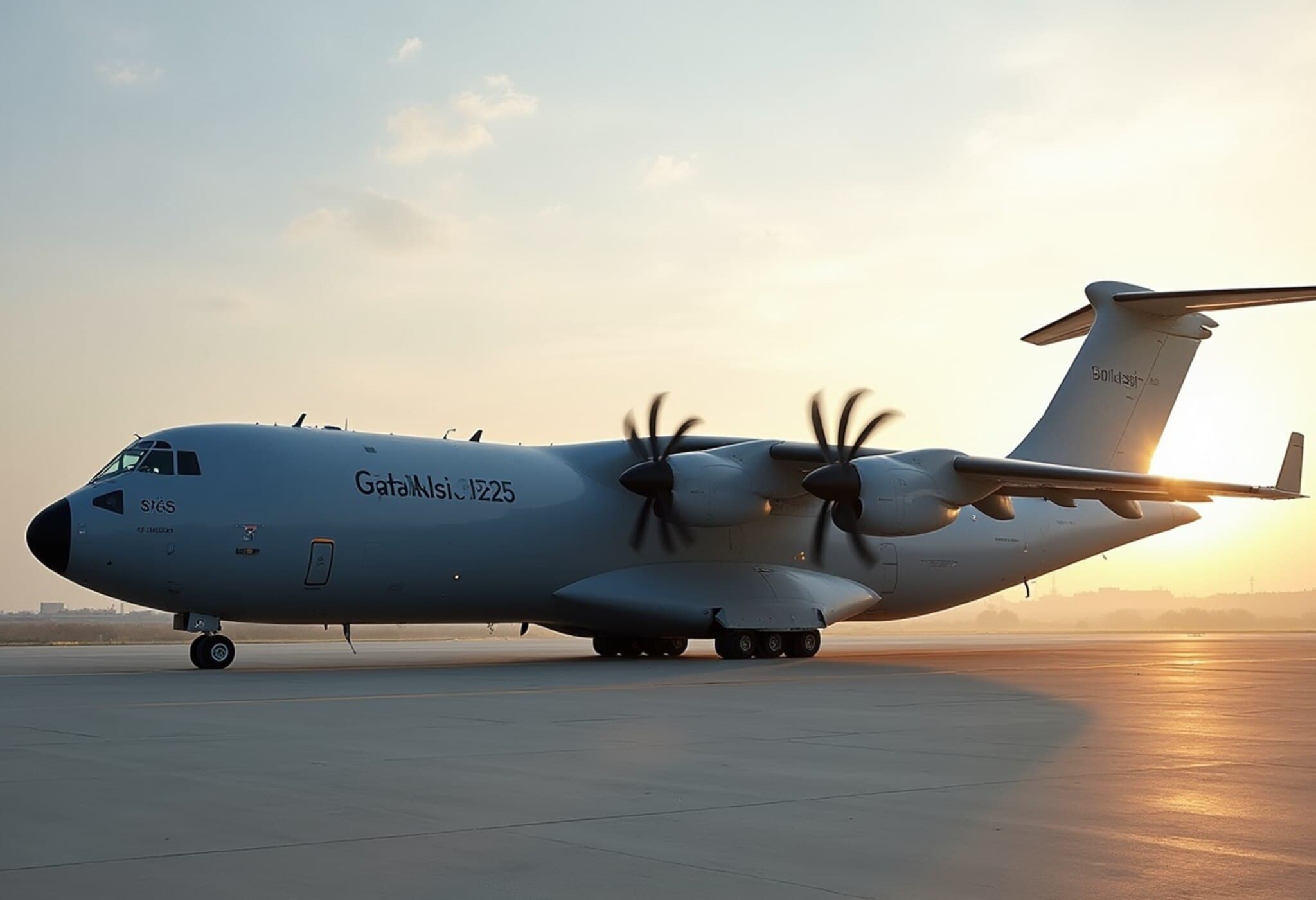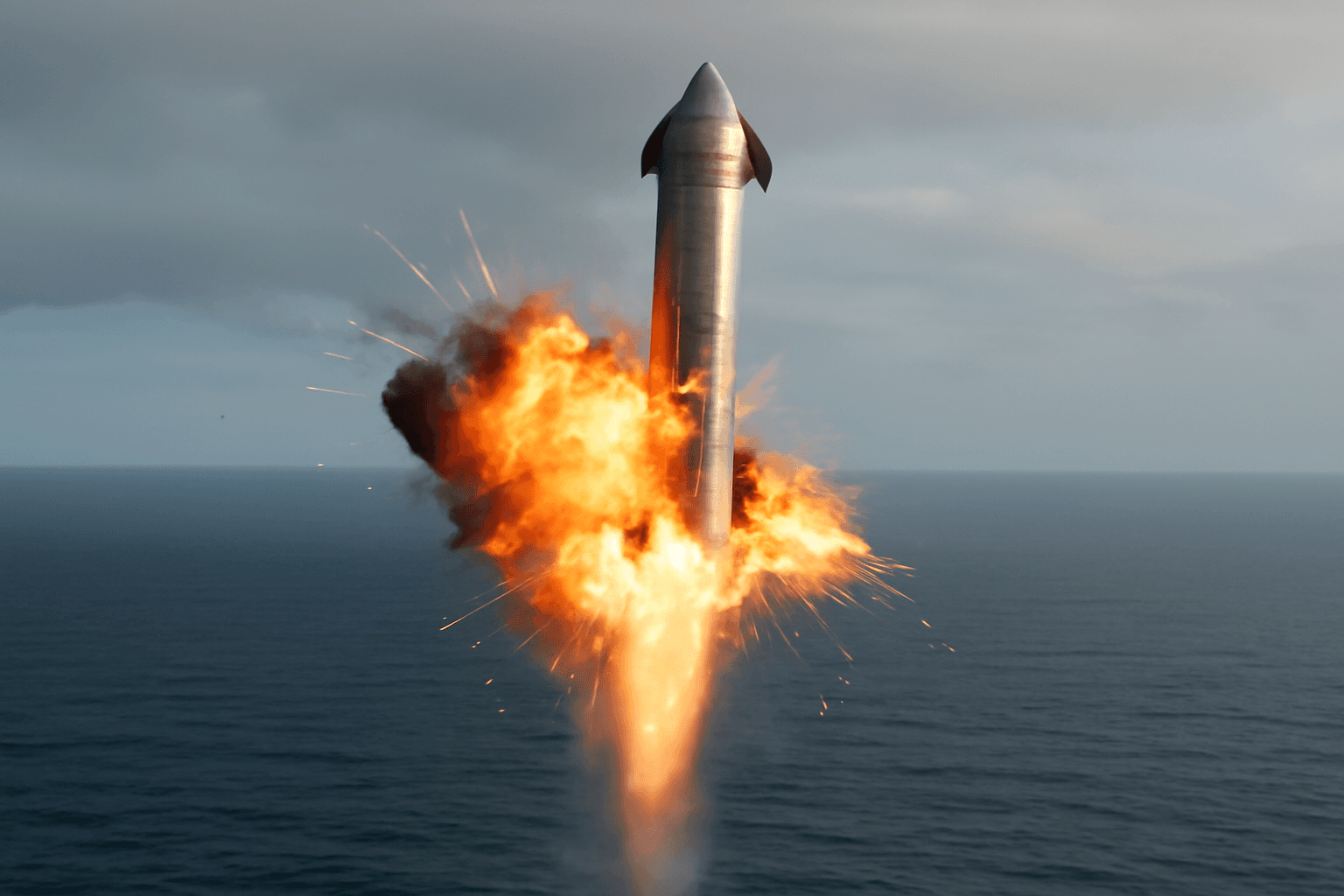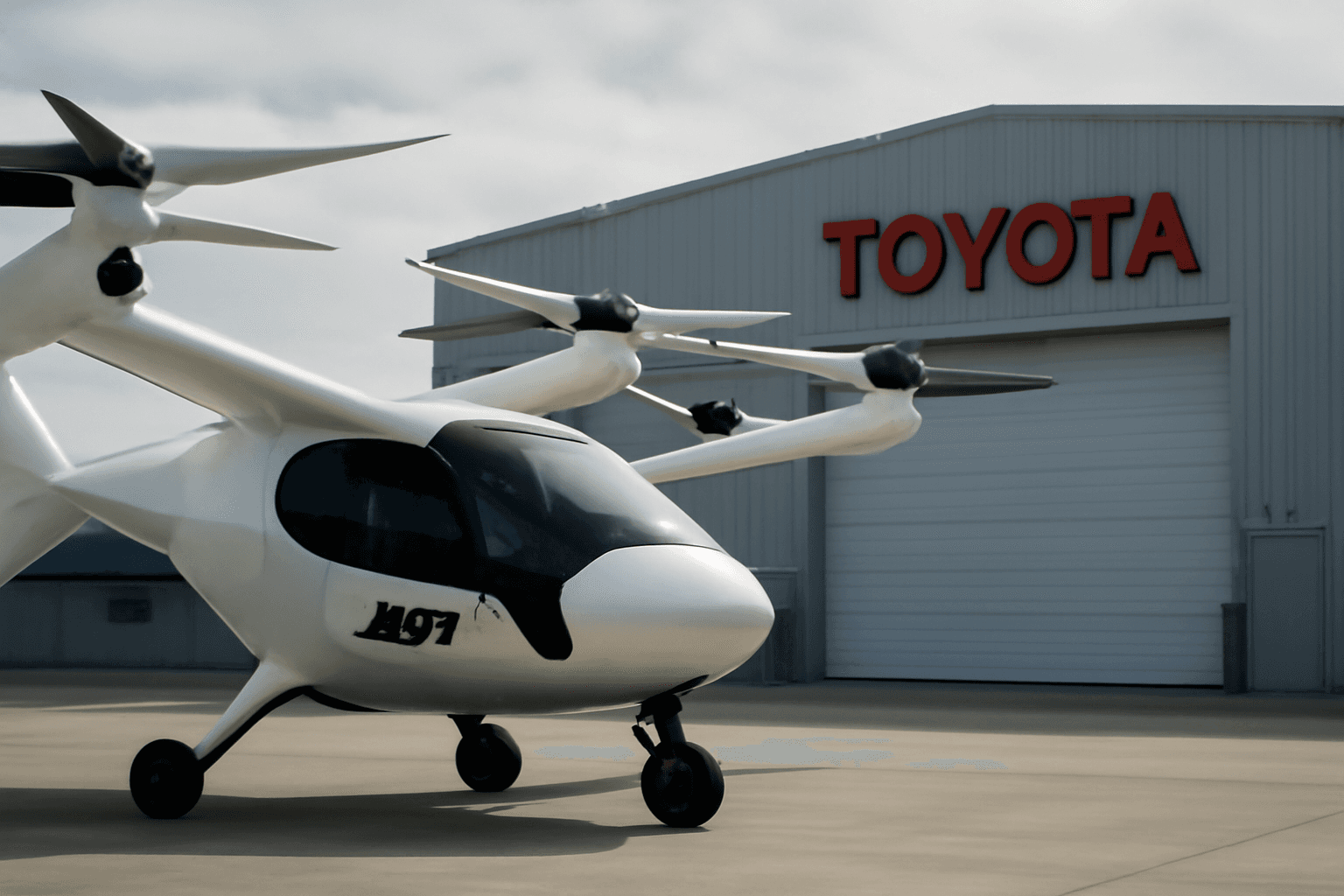India’s Push for Indigenous Fighter Jet Engine Production Gains Momentum
Hindustan Aeronautics Limited (HAL) and the American defense powerhouse, General Electric (GE) Aerospace, are gearing up to commence crucial negotiations aimed at co-producing advanced fighter jet engines in India for the Tejas Mk2 program. This development marks a significant stride in India’s ambition to enhance self-reliance in defense manufacturing.
From MoU to Commercial Talks: A Strategic Partnership Unfolds
The discussions follow a Memorandum of Understanding signed in June 2023 between HAL and GE Aerospace, initially announced during Prime Minister Narendra Modi’s high-profile state visit to the United States. While the US Congress cleared the deal in August 2023, final commercial terms have been under meticulous review over the past two years.
According to informed sources, these talks are expected to culminate within the next three months, laying the groundwork for local assembly and production of the F414 engine tailored for the Light Combat Aircraft Mk2 jets, a critical asset in strengthening India’s air combat capabilities.
The Technology Transfer Landscape: A Leap Towards Self-Sufficiency
One of the standout features of this collaboration is the anticipated technology transfer. After prolonged negotiations stretching over a decade since 2012, GE Aerospace has agreed to transfer around 80% of the engine technology to India. This is a substantial increase from the initial proposal of 58%.
- Technologies Included: Advanced coatings for corrosion, erosion, and heat resistance; precision machining techniques for single-crystal turbine blades.
- Components Covered: Critical hot-end parts like nozzle guide vanes and blisk machining among others.
Despite some exclusion of sensitive components from the transfer, the deal represents a meaningful leap forward, enabling India to deepen its expertise in high-performance jet engine manufacturing.
Parallel Progress: Indigenous Engine Development for AMCA
Concurrently, the Defence Research and Development Organisation (DRDO) has finalized a partnership with the French aerospace firm Safran and the Bengaluru-based Gas Turbine Research Establishment. This collaboration targets the development of a cutting-edge engine to power India’s indigenous Advanced Medium Combat Aircraft (AMCA), the next-generation fifth-generation fighter jet project.
This dual-track approach—involving both international partnerships and domestic R&D—is a testament to India’s strategic intent to diversify its defense technology base while minimizing dependence on imports.
Expert Insights: Geopolitical and Economic Implications
From a policy standpoint, this partnership aligns with India’s Atmanirbhar Bharat (self-reliant India) initiative, reinforcing the defense sector’s role in economic growth and technological sovereignty. Industry experts emphasize that local manufacturing of fighter jet engines not only enhances operational readiness but also stimulates the indigenous aerospace supply chain, generating skilled employment and fostering innovation.
However, the cautious pace of technology transfer negotiations highlights ongoing complexities tied to intellectual property rights, export controls, and strategic sensitivities—especially when dealing with critical defense equipment.
Looking Ahead: What This Means for India’s Defense Capabilities
Securing the HAL-GE agreement by year’s end could be a turning point for India’s military aviation landscape. It promises reduced reliance on foreign imports, faster turnaround for maintenance and upgrades, and a stronger industrial foundation for future aerospace endeavors.
Ultimately, this collaboration signals India’s steady march toward developing a resilient and technologically advanced defense manufacturing ecosystem, essential for securing its airspace and promoting regional strategic stability.
Editor’s Note:
While the impending HAL-GE talks are a beacon of progress for India’s defense manufacturing, they also invite critical questions about the balance between technology acquisition and indigenous innovation. How will India navigate the sensitive terrain of tech transfer limitations? Can domestic R&D for engines like that powering AMCA keep pace with global standards? The unfolding developments merit close observation—not only for their military implications but also for their impact on India’s broader aspirations for technological self-sufficiency.











